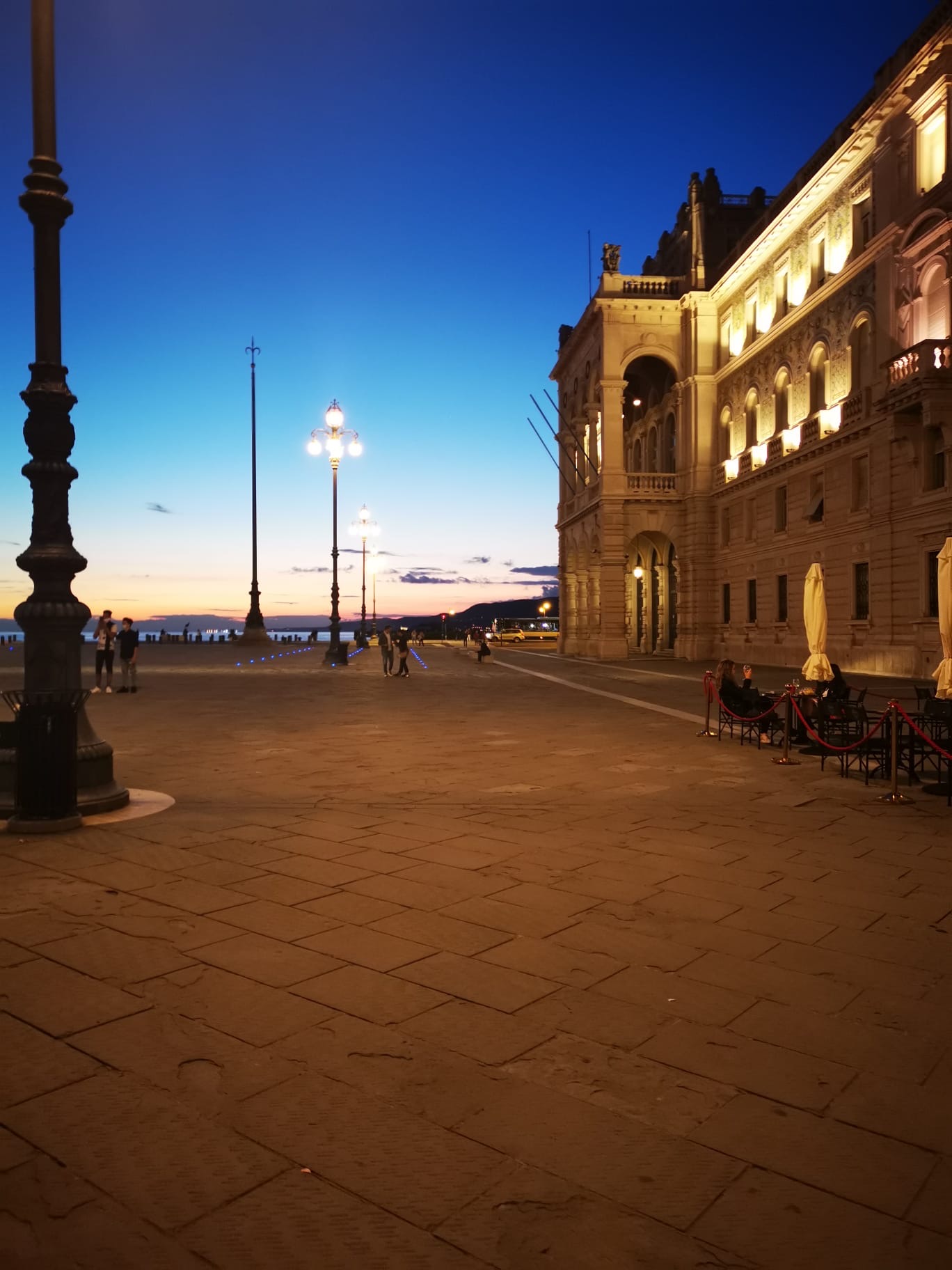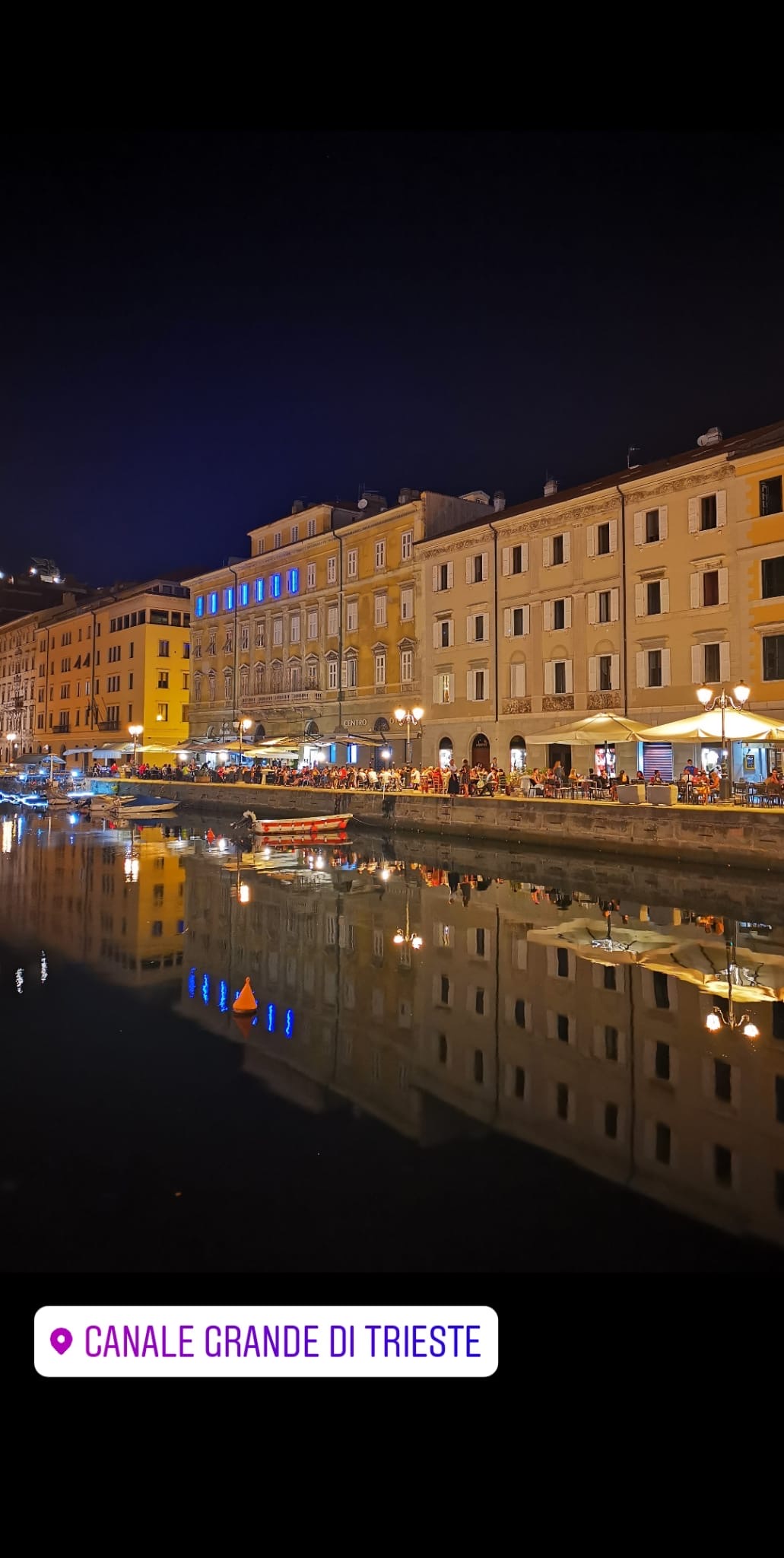At the beginning of the 20th century, Italians were leaving Il bel Paese in search of a better life and opportunities that Italy couldn’t offer them. It was an Italy that would have not made it onto everyone’s bucket list of places to visit in their lifetime. It was a different Italy that was suffering; causing many to leave their homeland and settle in new countries near and far.
Nowadays, things are very different. Italy still may not have the economy Italians would hope for, but it has come a long way. According to U.S. News and World Report, two Italian destinations are in the top 20 places in the world to visit. Almost everyone I speak to has either been there or plans to visit. Applications for dual citizenship have increased exponentially in the last few years. Many are seeking a place to retire or to visit and feel connected to their roots. Many hope to even be able to connect with relatives from their ancestors’ home towns. When they arrive, will there be generations still living there?
Although Italy is doing much better than at the beginning of the 1900’s, it is still hard to make a life there in many places, especially the south. Southern Italians have been making their way to northern cities for work for a while now. Even though it is still a move within the same country and Italy is relatively small, many Italians feel a deep attachment to their small towns and to their families. A cousin of mine said that he had moved north in the hopes of remaining in Italy. Luckily, he was able to find a job in the import-export business in Trieste and has been there now for seven years. Recently, I asked this cousin, Alessandro, about his decision to move north to get his perspective.
Alessandro was born and raised in Bojano, Italy. Bojano is located in the province of Campobasso, in the Molise region. Molise is the second smallest region in size and population. As of 2019, the population of Bojano was 7,829. Trieste’s population by comparison is 204, 267.
Here is my interview with Alessandro:
How was it growing up in Bojano? Growing up in Bojano was really nice. I really had a great childhood here. It was your average small town life, without the chaos of a large city. Everyone knows everyone, from the butcher to the mailman. It was a more tranquil life without all of the frenzy of the city. It was like living surrounded by your extended family. The air is cleaner and since Bojano is a hilltown, you can enjoy nature walks. It is easy to leave your car behind and use your bicycle more.

Alessandro, showing his Bojano pride 
Bojano, from Civita Superiore 

Castellone (Village belonging to the municipality of Bojano) 
Biferno River
Did you ever think you would have to move to another region in Italy? Actually, no. It all happened very quickly. It was a sudden, unexpected move; one I didn’t have much opportunity to think about. I had always thought that Bojano was where I would grow old but in the end, everything changes. But that’s alright because I’m doing well here in Trieste and I have no regrets.
How did you decide on Trieste? I chose Trieste because my wife’s brother already lived here for some time. But this isn’t the real reason that we live here now. After I left Bojano, I worked as as substitute teacher in Udine and then Belluno. Later on, I had sent my resumé in the Trieste area and in the end, found my current job here.
How do you feel about living in Trieste? Trieste is an amazing city with mountains and sea so I felt comfortable right away after having lived in Bojano, in the foothills of the Matese Mountains. Trieste is very multicultural and also very livable. Initially, the triestini don’t treat you like you’re one of them as we would do in the south but once they get to know you, they are very friendly. There are also so many beautiful things to see here from the Piazza Unità d’Italia, the church of San Giusto to the many Austrian-style buildings; a reminder that Trieste once belonged to the Austro-Hungarian Empire.
*Interesting facts:
- Trieste was the fourth largest city in the Austro-Hungarian Empire.
- Trieste has been compared to New York due to its diverse ethnic populations.
- From 1947-1954, the area of Trieste was called the Free Territory of Trieste, maintained under military occupation by the United States and Britain.


Trieste, Piazza Unità d’Italia 
What are some things you like and dislike about living in Trieste? Honestly, I feel like I am doing so well here that there isn’t much I don’t like; maybe the food a little bit.
*Cultural note: If you didn’t know this already, the food in Italy varies from region to region and is very different from north to south. Italians generally have a soft spot for a nice typical, home-cooked meal that reminds them where they are from.
Was it difficult to integrate with the locals (triestini)? Were there times when you weren’t able to understand each other due to linguistic differences? As I said earlier, the triestini need some time to get to know you before they are really friendly and open with you unlike southerners who are friendly from the get-go. However, in the end, they are truly good people. They are very social and enjoy being together with their friends. Initially it was difficult to understand them because they speak often in dialect. After 7 years here I am able to understand them but I don’t really like to speak as they do. I accept that they speak the way they do but I just can’t feel comfortable speaking their dialect.
*Cultural note: There are many, many dialects in Italy. Every region has their own way of speaking and within the region, there could be as many dialects as there are towns! On a small island, there are three different dialects! Dialects differ more the further you travel so my cousin’s dialect is strikingly different from his new friends’ dialect. Not only can pronunciation be different but words can also be completely different. The one thing that I think many Italians will agree upon, no matter where they are from, is that their dialect is a part of what make them them and makes them feel a strong tie to their hometowns.

What are the things you miss the most about Bojano and how often do you go back to Bojano? I really don’t miss that much about Bojano; mostly my friends and family. I usually visit once or twice a year but my parents often come to visit me in Trieste as well.

If you could go back to live in Bojano, would you? I don’t honestly think that I would right now, but who knows what the future holds?
It was nice to catch up with Alessandro. I’m glad that he is doing well in Trieste.
Many smaller towns in Southern Italy have been losing residents for some time now. Some town have even taken to offering up homes for 1 euro (there are some strings to this deal, however) to bring people and life back into their small towns. Tourism can also help, if more people visit, there will be a need for more jobs. Some regions, like Molise, might be next to be discovered by a new wave of tourists. Check out this post!
